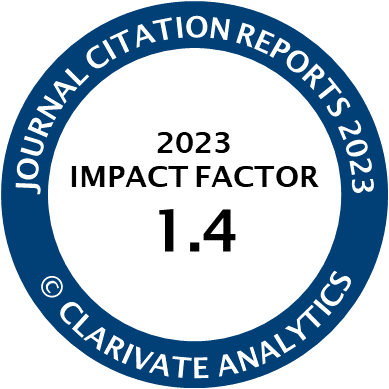Article | Open Access
Rise of Populism in Northeast India: A Case of Assam
| Views: | 1306 | | | Downloads: | 1859 |
Abstract: A blend of historical and contemporary forces has shaped populism in India. The Congress government’s shortcomings (2004–2014), marked by dynastic politics and corruption, paved the way for the rise of populism, particularly under the Bharatiya Janata Party (BJP), which capitalized on anti‐elite sentiment. Narendra Modi’s leadership, characterized by Hindu nationalism and a development agenda, has significantly altered India’s political landscape. This study focuses on the rise of populism in Northeast India, specifically in Assam, where populist movements and leaders have increasingly influenced the socio‐political environment. It explores the socio‐economic conditions and identity politics that have driven the growth of populist ideologies, often leading to the marginalization of ethnic minorities. By analyzing key political events, movements, and policies, the research seeks to uncover the root causes of populism in Assam and its impact on democracy, social cohesion, and regional stability. Employing a qualitative methodology that includes political speeches, media analysis, and empirical evidence, the study examines how political leaders in Assam have mobilized regional and ethnic sentiments for electoral gains, further exacerbating ethnic marginalization. The article aims to understand the catalysts and consequences of populist governance in Assam, offering insights into the broader trend of populism in Northeast India and its future trajectory.
Keywords: Assam; economic constraints; ethnic politics; marginalization; populism; Northeast India
Published:
© Rakesh Mochahary, Loung Nathan K. K.. This is an open access article distributed under the terms of the Creative Commons Attribution 4.0 license (http://creativecommons.org/licenses/by/4.0), which permits any use, distribution, and reproduction of the work without further permission provided the original author(s) and source are credited.




